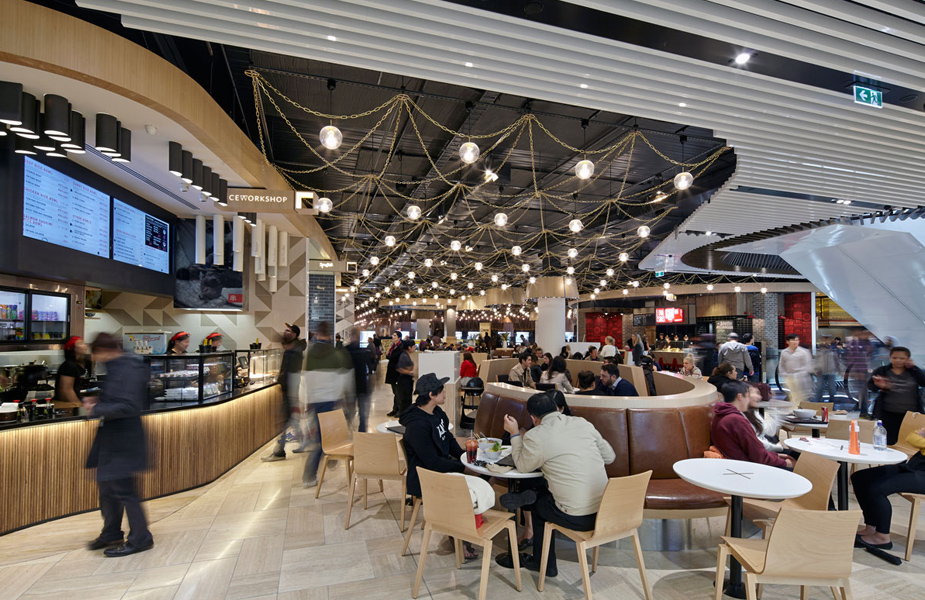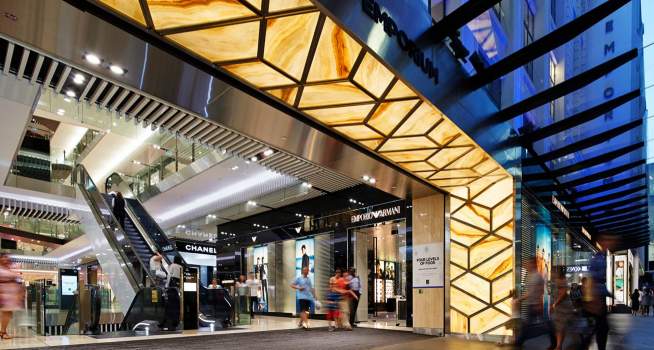News and Views
Adaptability in planning and refurbishing a shopping mall for the future.


Adaptability and Innovative Mall Design
Adaptability is a crucial concept in shopping mall design, necessary at every level of the retail property development chain—from master planning and design to future refurbishments, individual tenancy spaces, digital app presence, event promotions, and overall leisure and retail venue excellence.
Rethinking Traditional Models
The conventional approach to designing and refurbishing retail malls, often centered around anchor tenants and large parking lots suitable for suburban greenfield developments, needs a fresh perspective. As urban populations continue to grow, the availability of such development opportunities is diminishing. Even in regional towns, planners tend to impose zoning restrictions that discourage “out-of-town” mall developments, preferring instead to see modest expansions of existing town malls.
The conventional approach to designing and refurbishing retail malls, often centered around anchor tenants and large parking lots suitable for suburban greenfield developments, needs a fresh perspective. As urban populations continue to grow, the availability of such development opportunities is diminishing. Even in regional towns, planners tend to impose zoning restrictions that discourage “out-of-town” mall developments, preferring instead to see modest expansions of existing town malls.
Understanding Market Needs
Many planners overlook a critical point: to attract fashion retailers to a location, a minimum Gross Leasable Area (GLA) of 7,000 square meters is essential. This requirement can be challenging to meet within existing town malls, especially when major tenants have inflexible design and space needs that hinder profitability for both landlords and tenants.
Many planners overlook a critical point: to attract fashion retailers to a location, a minimum Gross Leasable Area (GLA) of 7,000 square meters is essential. This requirement can be challenging to meet within existing town malls, especially when major tenants have inflexible design and space needs that hinder profitability for both landlords and tenants.
Adapting to New Market Dynamics
There is a pressing need to adapt traditional retail models to align with today’s market environment, addressing economic challenges, town planning constraints, and the influence of digital applications that drive purchases among Generation Y consumers.
There is a pressing need to adapt traditional retail models to align with today’s market environment, addressing economic challenges, town planning constraints, and the influence of digital applications that drive purchases among Generation Y consumers.
Some of the more successful sub-regional malls are designed to seamlessly integrate with their surroundings, resembling town squares with street-level retail and natural landscaping. While marketplace-branded malls may adhere to traditional retail guidelines, they must evolve to meet the demands of Generations X, Y, and Z through the use of apps, social media promotions, and formats tailored to local planning regulations and consumer demographics.
Designing Engaging Experiences
In terms of shopping mall design and refurbishment, it’s essential that the mall experience is as engaging and dynamic as the event promotions and entertainment offerings available in downtown areas.
In terms of shopping mall design and refurbishment, it’s essential that the mall experience is as engaging and dynamic as the event promotions and entertainment offerings available in downtown areas.
Our approach to retail interior design emphasizes the importance of creating a vibrant atmosphere filled with diverse retail brands and experiences, transforming shopping into an exciting adventure. By prioritizing adaptability and innovative design, we can craft shopping environments that captivate and resonate with today’s consumers, making the mall a desirable destination for leisure and retail alike.










